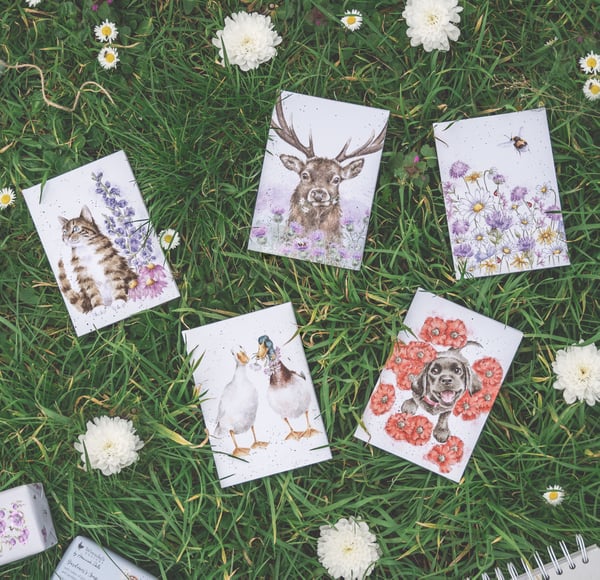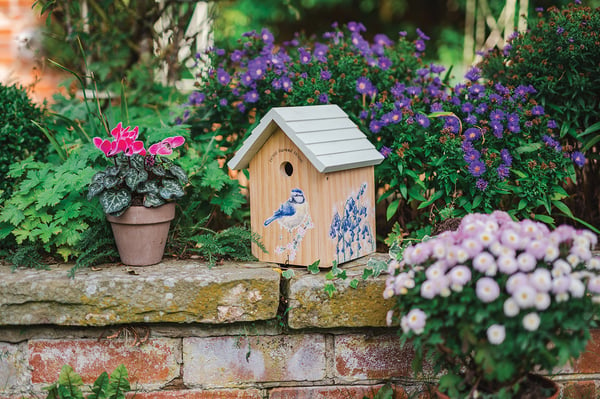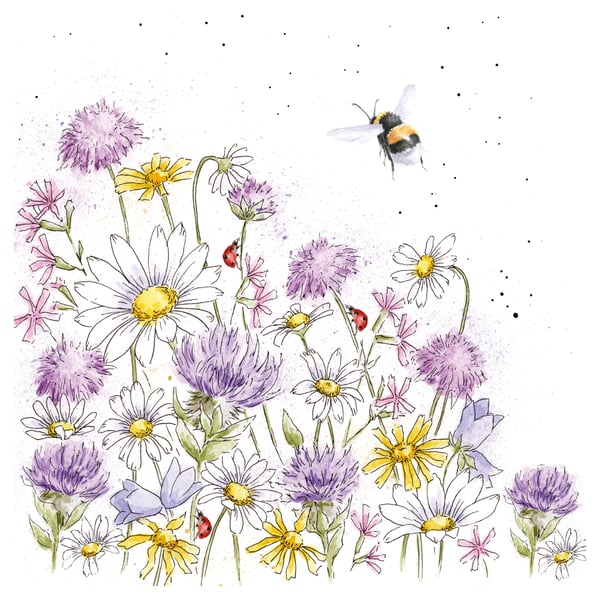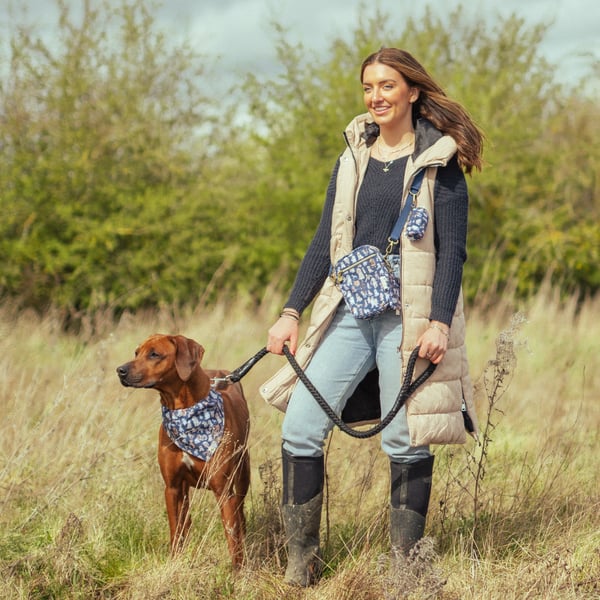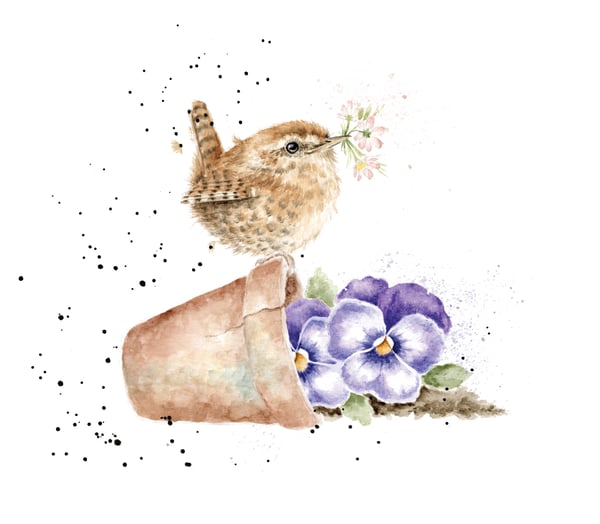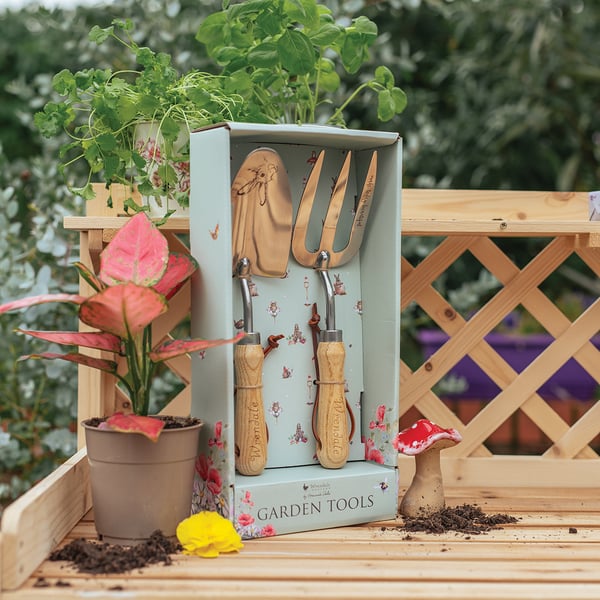- Home
- Written by Wrendale
- Welcoming Wildlife - Spring Gardening Tips
Welcoming Wildlife - Spring Gardening Tips

Spring is finally here, and with the weather warming up there's no better time to roll up your sleeves, pop on your gardening gloves and head outdoors. While our attention is often drawn to how we can make our outdoor spaces look nicer, it's important to remember that they also provide essential habitats for a wide range of creatures. So whether you're a seasoned gardener or just starting out, here are just a few ways to ensure you are still attracting birds, bees, butterflies and other wildlife to your garden...
Keep your bird feeders topped up
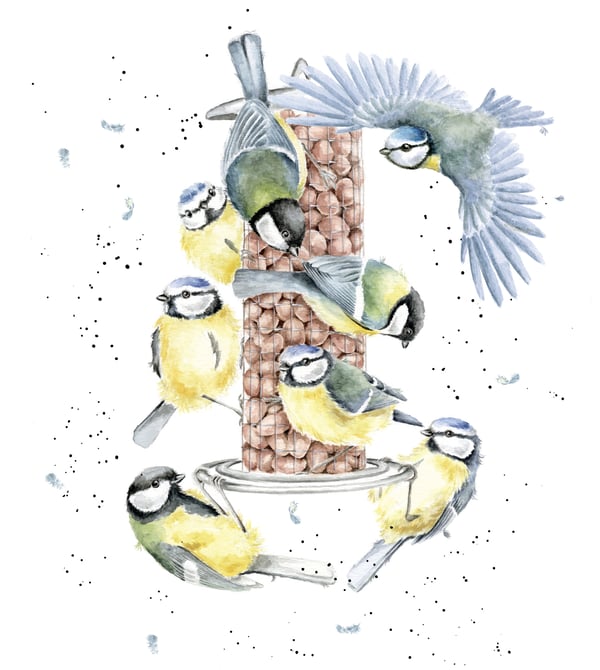 One simple yet impactful way to support wildlife in your garden is by keeping bird feeders well-stocked with nutritious seeds and treats. Birds play vital roles in ecosystems, from controlling insect populations to pollinating plants, so providing them with food can make a big difference, especially during times of food scarcity such as spring nesting season or harsh weather conditions.
One simple yet impactful way to support wildlife in your garden is by keeping bird feeders well-stocked with nutritious seeds and treats. Birds play vital roles in ecosystems, from controlling insect populations to pollinating plants, so providing them with food can make a big difference, especially during times of food scarcity such as spring nesting season or harsh weather conditions.
Embrace native plants
Spring is the perfect time to introduce native plants into your garden. These are species that naturally occur in your region and have evolved alongside local wildlife, providing essential food and shelter. Native flowers like foxgloves, cowslips, primrose and bluebells attract pollinators such as bees and butterflies, vital for the reproduction of many plant species.
Did you know that our seed cards contain native flowers? Click here to take a look.
Offer Water Sources
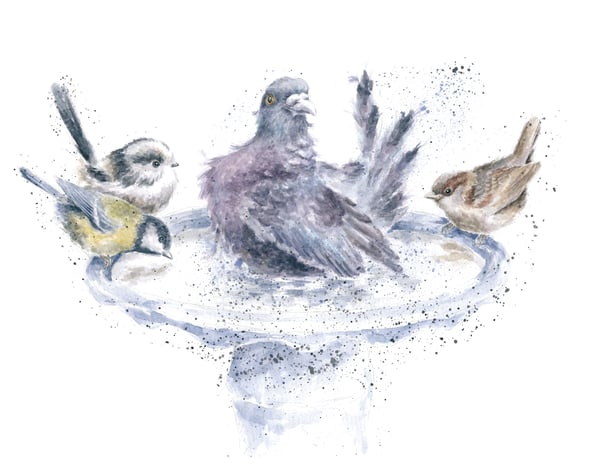 In spring, access to clean water is crucial for wildlife. Birdbaths, ponds, or even shallow dishes filled with water can quench the thirst of birds, insects, and small mammals. Ensure the water is regularly refreshed and make sure to add safe landing spots for creatures to drink and bathe, along with a shallow area so they can get out easily, you can use rocks or branches for this.
In spring, access to clean water is crucial for wildlife. Birdbaths, ponds, or even shallow dishes filled with water can quench the thirst of birds, insects, and small mammals. Ensure the water is regularly refreshed and make sure to add safe landing spots for creatures to drink and bathe, along with a shallow area so they can get out easily, you can use rocks or branches for this.
Provide Shelter and Nesting Sites
Create spaces where wildlife can seek shelter and build nests. Incorporate elements into your garden that provide shelter, such as dense shrubs and rock piles. Bird houses are also an excellent addition to any outdoor space and offer great nesting sites.
As animals begin to shed their winter coats, here's a fun fact: Did you know that birds can use loose hair or fur to help build their nests?
Say No to Chemicals
Avoid using chemical pesticides and herbicides in your garden, as they can harm wildlife and disrupt the ecosystem. Instead, opt for natural pest control methods and organic gardening practices such as mulching and hand-picking pests.
RESPECT YOUR LOCAL WOODLAND
If you are out and about exploring your local woodland this spring, you can make a positive impact on wildlife by sticking to the paths, making sure you keep your dog on a lead and responsibly disposing of any litter you may have.
Have you seen our collection of pet accessories? Our fabulous dog walking bag is perfect for holding your essentials whilst out and about.
Garden with the environment in mind
Incorporating eco-friendly gardening methods into your routine not only supports wildlife but also conserves resources and further minimises your environmental impact. Consider collecting rainwater for watering your plants and flowers, compost any organic waste and use mulch to retain moisture and control any weeds. By nurturing a healthy garden ecosystem, you can create a thriving habitat for a diverse array of wildlife.
Looking to freshen up your gardening toolkit?
Our gardening collection is filled with perfect gifts for garden lovers or those with green fingers. Click here to take a look.
Subscribe to our Newsletter
Archive
- July 2025 (1)
- May 2025 (2)
- April 2025 (2)
- March 2025 (5)
- February 2025 (1)
- January 2025 (3)
- December 2024 (2)
- November 2024 (1)
- October 2024 (1)
- September 2024 (3)
- August 2024 (1)
- July 2024 (2)
- June 2024 (2)
- May 2024 (5)
- April 2024 (3)
- March 2024 (3)
- February 2024 (5)
- January 2024 (3)
- December 2023 (6)
- November 2023 (4)
- October 2023 (3)
- September 2023 (4)
- August 2023 (5)
- July 2023 (4)
- June 2023 (4)
- May 2023 (2)
- April 2023 (6)
- March 2023 (5)
- February 2023 (3)
- January 2023 (5)
- December 2022 (4)
- November 2022 (3)
- October 2022 (3)
- September 2022 (4)
- August 2022 (5)
- July 2022 (2)
- April 2021 (3)
